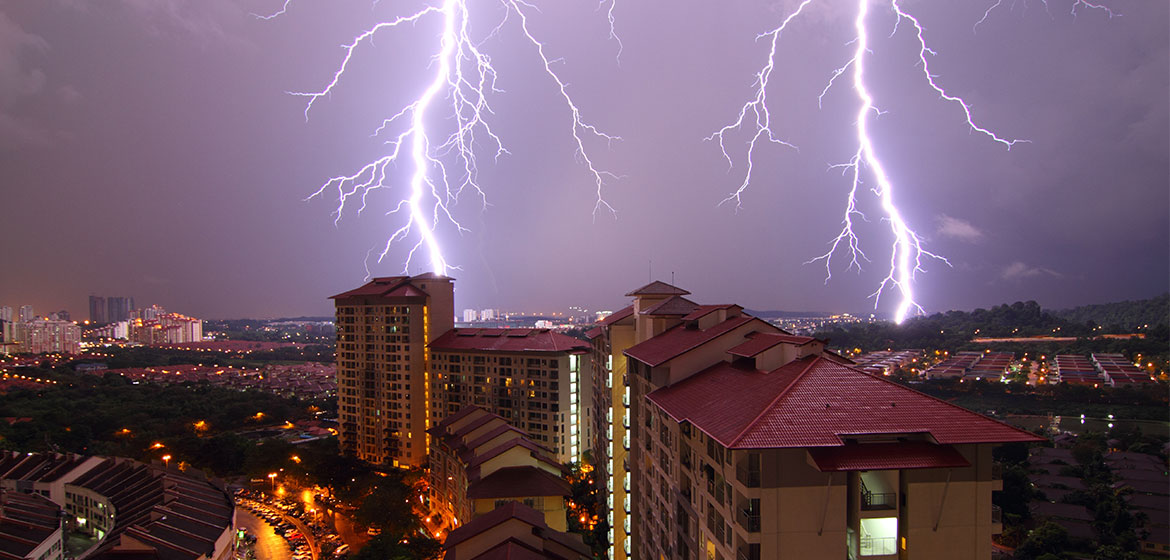Lightning Strikes: Are Steel Buildings Safe?

Steel buildings are popular choices for various applications, from commercial and industrial spaces to residential homes. They are known for their durability, strength, and versatility. However, one concern that often arises regarding steel buildings is their safety during lightning strikes. With steel being a highly conductive material, many people wonder if steel buildings are safe during thunderstorms. In this article, we will delve into the topic of lightning and steel buildings to understand the safety aspects associated with them.
Understanding Lightning Strikes
Lightning is a natural phenomenon that occurs during thunderstorms when there is a build-up of electrical charge in the atmosphere. This charge seeks the path of least resistance to discharge, which can be the ground, trees, buildings, or other objects. When lightning strikes a building, it can cause severe damage due to the high voltage and heat generated.
Steel as a Conductor
Steel is a highly conductive material, meaning it allows the flow of electrical current with ease. This characteristic of steel has led to concerns about whether steel buildings are safe during lightning strikes. When lightning strikes a steel building, the electrical current can travel along the steel structure, potentially causing damage to the building, as well as posing a safety risk to the occupants.
Safety Measures in Steel Buildings
Despite steel being a conductor, steel buildings are generally safe during lightning strikes due to various safety measures that are incorporated into their design and construction. One crucial factor in the safety of steel buildings from lightning strikes is the installation of a lightning protection system. A lightning protection system typically includes lightning rods, conductors, and grounding systems. Lightning rods are installed on the highest points of the building, and they work by providing a path of least resistance for lightning to follow, diverting it away from the building’s structure. Conductors are used to transfer the lightning from the rods to the grounding system, which dissipates the electrical energy safely into the ground.
Another critical aspect of lightning safety in steel buildings is proper grounding. Grounding involves providing a low-resistance path for the lightning energy to flow into the ground, minimizing the risk of damage to the building and its occupants. The grounding system should be installed according to the relevant building codes and standards and maintained regularly to ensure its effectiveness.
In addition to lightning protection systems and grounding, other safety measures can be implemented in steel buildings to reduce the risks associated with lightning strikes. For example, surge protectors can be installed on electrical systems and equipment to prevent damage from power surges caused by lightning. Additionally, non-conductive materials, such as insulation and roofing materials, can be used in certain areas of the building to reduce the risk of lightning damage.
Having all these safety measures is crucial. We recommend owners get regular inspections of steel buildings to assess their current lightning safety measures and identify any potential vulnerabilities. Our inspections comply with relevant building codes and standards, and our comprehensive reports provide valuable insights and guidance for improving the lightning safety of steel buildings, helping our clients mitigate risks and protect their investments.